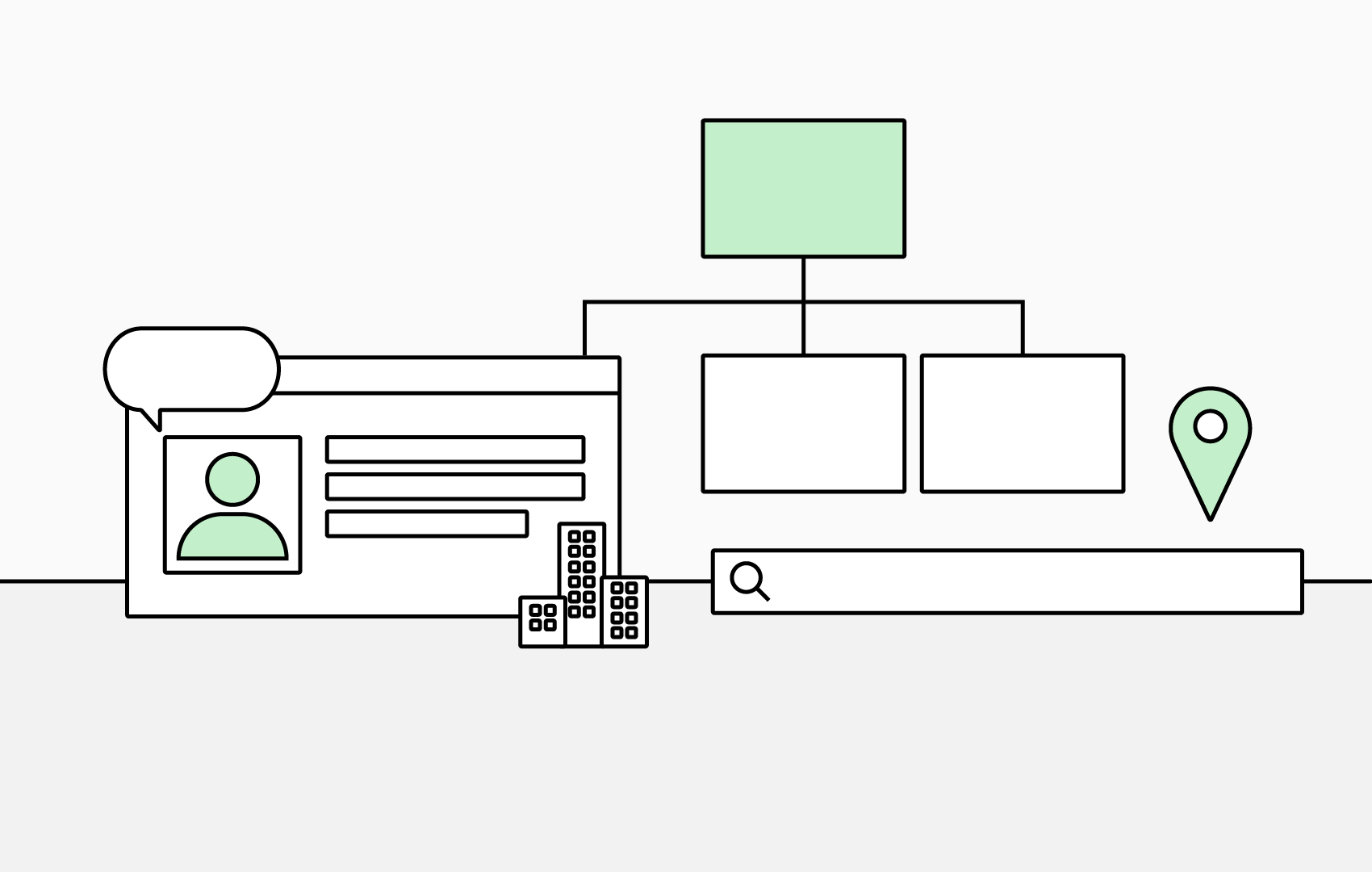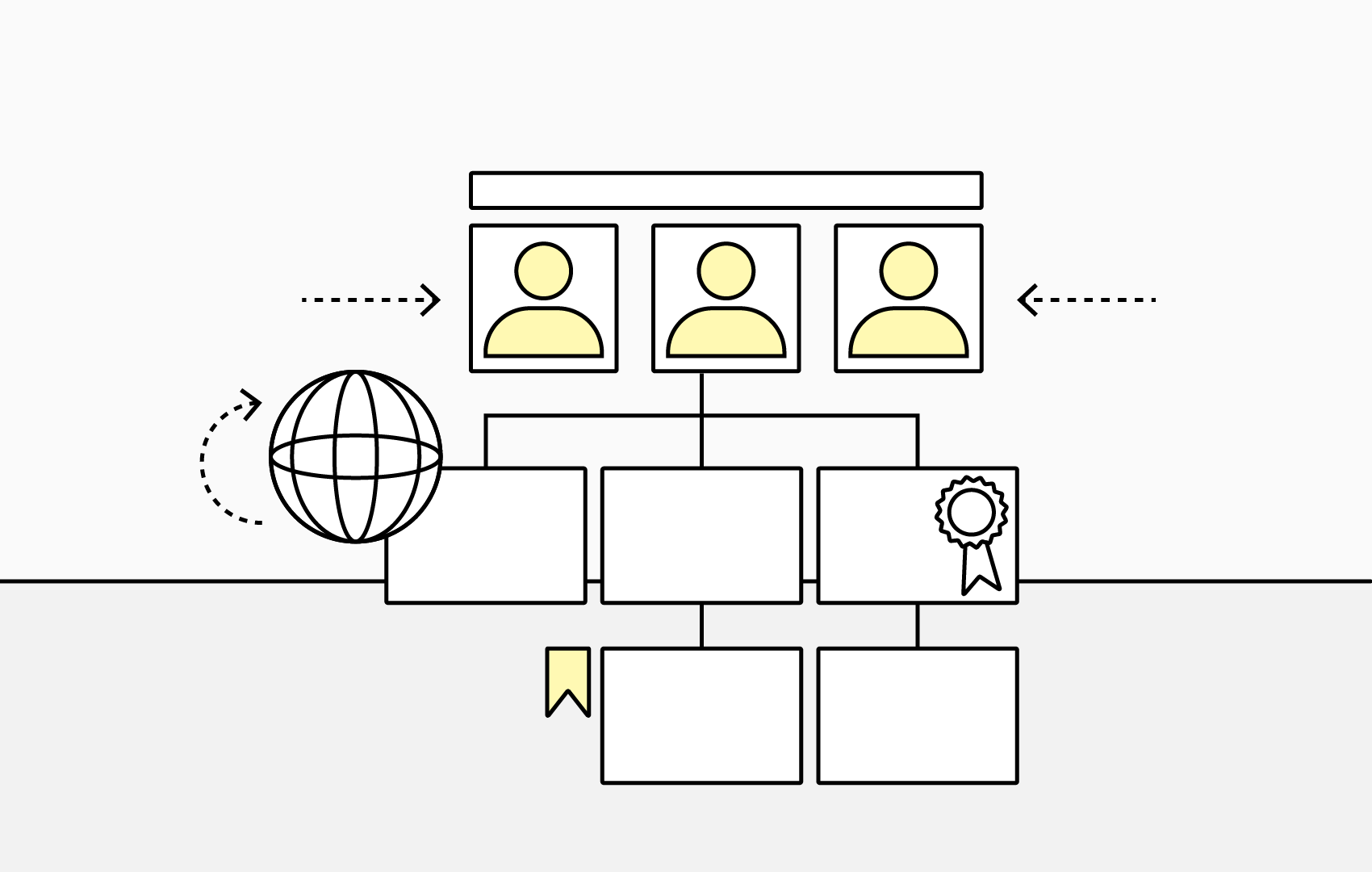Improving Organizational Clarity during Onboarding
Picture this...
After a couple of days of orientation - filling out lengthy forms, reviewing tax codes and completing e-learning - you present at 9am for your first real day on the job. You are hopeful, excited to get stuck into a new challenge and perhaps, a little nervous.
You’re given a healthy list of tasks with imminent, yet realistic deadlines. Okay, you think, I’ve got this.
Except when starting Task 1, you realize that you need to speak to the Social Media team, to gather analytics from the past month. You send a quick e-mail off to the contact in your orientation book, only to immediately receive an automated response:
“My working hours are 9-5, Mon-Wed”
A dead-end.
And so it goes on - you repeat this process a couple more times; chasing contacts, clarifying responsibilities and doubling back. A task that was predicted to take four hours has turned into a eight hour wild goose chase. By the end of the day, you have achieved very little and feel completely deflated.

Sound familiar? Unfortunately, this experience is far from rare.
Organizational Clarity and Onboarding
Many HR professionals reduce onboarding to a simple box-ticking exercise, overlooking its true purpose: to help employees understand how roles and departments interlink to achieve shared goals.
The onboarding process sets the tone for an employee’s perception of company culture, and a poor experience can be costly. Research shows that 33% of new hires leave their jobs within the first 90 days of employment and 22% of all turnovers occurs within the first 45 days. These staggering statistics highlight how crucial the first days, weeks and months of employment are.
An often overlooked but key element of onboarding involves the introduction to organizational structure. Organizational clarity, also referred to as structural clarity - is the comprehension of the chain of command, individual roles and interdepartmental collaboration. This clarity is essential for helping new employees navigate the workplace confidently and effectively.
Organizational clarity is knowing exactly who does what, who to ask, and how every role fits together to achieve the company’s goals.
The Costs of Organizational Ambiguity
Increased Stress and Poor Wellbeing
Nothing is more frustrating than knowing what needs to be done but lacking the tools to make it happen. Employees often feel this way when they spend more time clarifying roles than completing tasks
This feeling can be especially pronounced in new hires, who may interpret decreased productivity (caused by a lack of organizational clarity) as a personal failing or a sign of incompetence.
Some organizations, for example Safe Work Australia, even consider “poor role clarity” to be a psychosocial hazard, due to its links to confusion, chronic stress and reduced job satisfaction.
Increased Staff Turnover
Unsurprisingly, chronic stress stemming from structural ambiguity, has been found to increase employee turnover. Losing otherwise well-suited talent affects long-term morale, erodes trust between employees and leaders, and can harm a company’s reputation—potentially discouraging future candidates from applying.
Financial Loss
The cost of turnover can be significant. For instance, research shows that rehiring and training a mid-level employee can cost over £30,000. Additionally, lost labor hours accumulate quickly: if five employees spend two hours per week clarifying roles, that’s 500 lost hours annually.
For employees not properly introduced to organizational structure during onboarding, this number may be even higher. Structural ambiguity ultimately leads to a less productive workforce.
Organizational ambiguity...
Increases employee stress
Leads to high staff turnover
Increases financial loss
Promoting Clarity during Onboarding
The research clearly shows that organizational ambiguity equals an unhappy, less productive workforce, prone to leaving otherwise well-fitting companies and roles.
Fortunately, there are many simple and cost-effective tactics companies can employ to improve clarity and onboarding experiences.
Buddies and Mentors
- Allocate each new hire with a buddy or mentor, to provide a safe point of contact for questions and clarification.
- Allow new hires to observe how their buddy or mentor handles cross-departmental tasks.
- Weekly or fortnightly catchups with buddies and new hires ensures continuity of support and guidance.

Department Spotlight Sessions
- Leaders from each department give a 20-minute overview of their department and functions.
- Explain how each department interlinks with the new hire’s role.
- Offers opportunities for questions and clarification of workflows.
Technology
- Use interactive organizational charts to provide a visual “family tree” of the company, showing teams, roles and reporting lines.
- Implement intranets with accessible resources, such as FAQ’s and step-by-step guides.
- Make use of internal communication apps, such as a MS Teams channel dedicated to onboarding questions, so new hires can quickly find answers.
Final Thoughts
Organizational ambiguity is more than just an inconvenience—it affects employee wellbeing, productivity, retention and ultimately, the company’s goal. First impressions matter, and the initial days and weeks of onboarding set the tone for long-term engagement.
By investing in organizational clarity from the get-go, companies can prevent unnecessary stress, reduce turnover, and cultivate a confident, motivated workforce.




